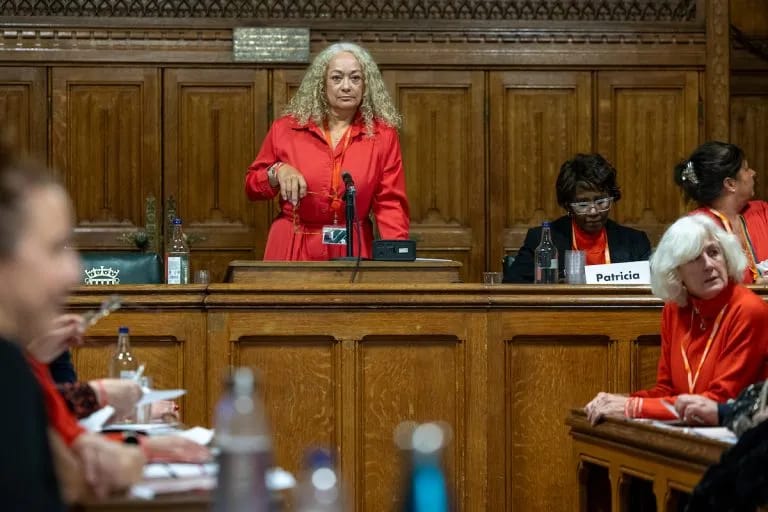Black individuals are 16 times more likely than their White counterparts to face prosecution under Joint Enterprise provisions, according to recent data collected by the Crown Prosecution Service (CPS). More than half the people prosecuted under this law being from minority ethnic backgrounds. A parliamentary inquiry into the controversial and disproportionately applied laws around joint enterprise has begun.

Photo by Andy Aitchison
“Joint enterprise”, or secondary liability, is a legal doctrine that applies where individuals or groups of, assist or encourage another to commit a crime. These people are typically known as accessories or secondary parties to a crime. This means that an individual found guilty of aiding and/or abetting in a crime, such as murder, receive the same sentence as the person who physically committed the crime.
These figures highlight the deep-rooted systemic inequalities in the justice system, with minority communities disproportionately impacted by policies originally designed to tackle group crimes. Advocacy groups like JENGbA (Joint Enterprise Not Guilty by Association) and organisations such as The Howard League for Penal Reform have long raised concerns about the racially biased enforcement of these laws, which often lead to convictions based on mere association with a crime rather than actual involvement.
Gloria Morrison and Jan Cunliffe, co-founders of JENGbA, said:
“When JENGbA decided to take legal action against the CPS, because they could not explain why joint enterprise disproportionately targets young Black men, we didn’t actually realise that this was illegal due to the Equalities Act 2010”.

This phenomenon is reflected more broadly throughout the Criminal Justice System in England and Wales. While the largest category of people in the UK, 82%, consider themselves ‘White’, with approximately 39% of defendants falling into this category, ‘Black’ individuals make up only 4% of the population yet represent over 30% of the prison population. Followed by ‘Asian’ at approximately 14%.